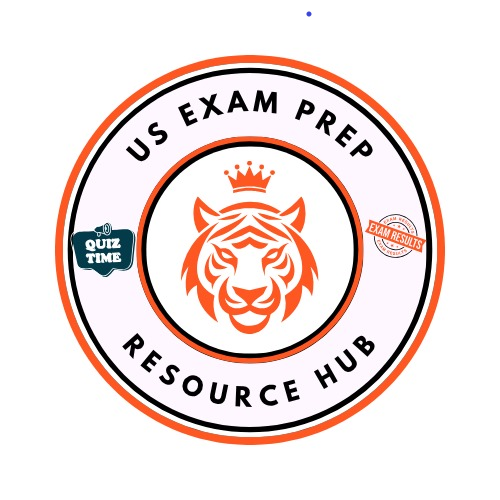Entry Exam Category: High School Equivalency Exams
Course: General Education Development (GED)
Exam: GED Math practice test
Practice Question
Daniel is planning to buy his first house. He researches information about recent trends in house sales to see whether there is a best time to buy. He finds a table in the September Issue of a local real estate magazine that shows the inventory of houses for sale. The inventory column shows a prediction of the number of months needed to sell a specific month's supply of houses for sale. The table also shows the median sales price for houses each month.
Daniel wonders whether housing prices are more likely to increase or decrease in any special month. If he randomly selects a month other than January from the table, what is the price as a fraction, that the median sales price in that month was an increase over the previous month?
Daniel wonders whether housing prices are more likely to increase or decrease in any special month. If he randomly selects a month other than January from the table, what is the price as a fraction, that the median sales price in that month was an increase over the previous month?

Answer Choices
Correct Answer: 4\7
Rationale: There are 12 months, and excluding January leaves 11 months. Assume the table shows price increases in 7 of these months (a typical trend in real estate data). The probability is 7/11. Thus, the correct answer is 7/11.
